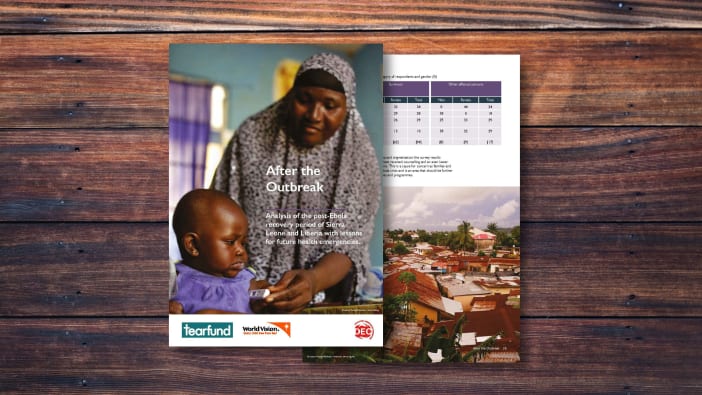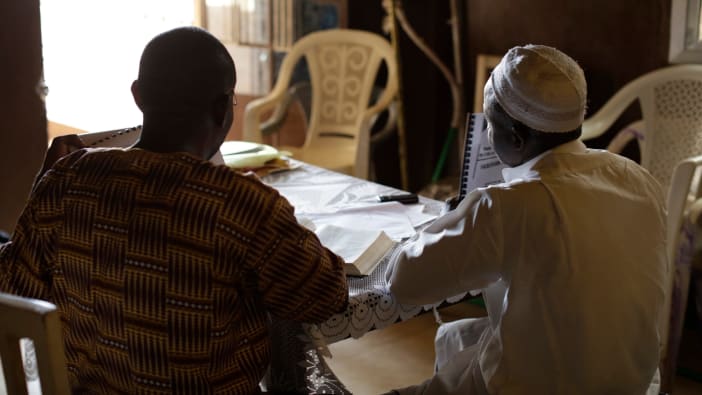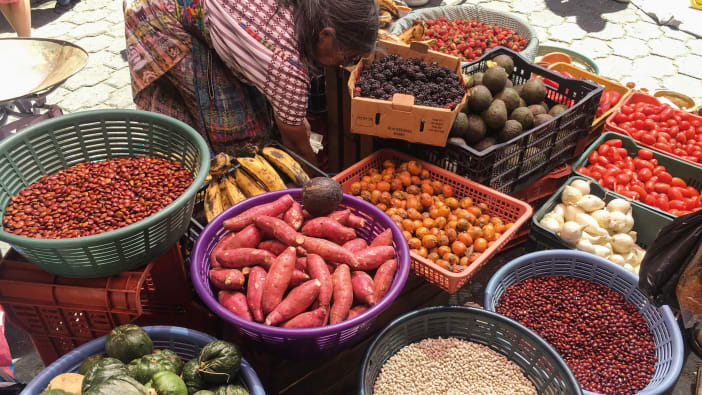Breast milk is the perfect food for babies. It provides important nutrients and strengthens their immune system. Breastfeeding helps to protect babies from malnutrition and diseases such as diarrhoea and pneumonia, which can be fatal.
Unfortunately, there is a risk that HIV can be passed from mother to child during breastfeeding. However, with the right actions, that risk can be lowered to less than five per cent.
Should women living with HIV breastfeed?
The decision about whether or not HIV-positive mothers should breastfeed their babies is a complicated one. According to the World Health Organization (WHO), a country’s health authorities should decide whether to advise women living with HIV to breastfeed or not.
The health authorities will make this decision based on the local situation, considering factors such as the main health risks in that region. For example, some areas do not have a good supply of clean water and reliable sanitation, meaning the risk of diarrhoea is high. In these regions, it might be more dangerous for the baby’s health if it is not breastfed by its HIV-positive mother.
There are only two options the authorities should decide between:
Either
Mothers living with HIV should not breastfeed at all, but use other sources of nutrition for the baby (known as ‘replacement feeding’).
Or
Mothers living with HIV should exclusively breastfeed their baby for the first six months (see box). The mothers should receive antiretroviral therapy (ART) and the baby should be given ARV medication.
The option that is never recommended for HIV-positive mothers during the first six months after birth is ‘mixed feeding’. This is using a combination of breastfeeding and other types of food and drink. Other food and drink (such as porridge, cows’ or goats’ milk, or even water) can damage the lining of the baby’s digestive system during this period, making it easier for HIV from breast milk to infect the baby.
You can ask your health worker for more information about whether breastfeeding is advised for women living with HIV in your region.









